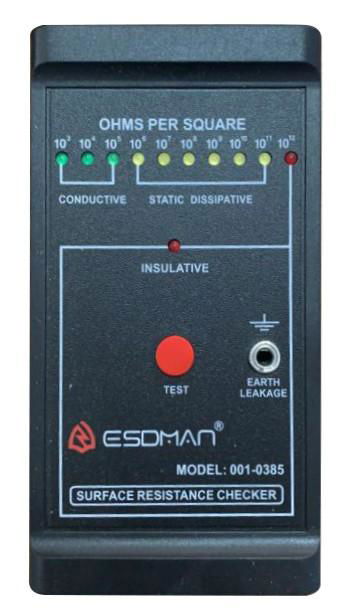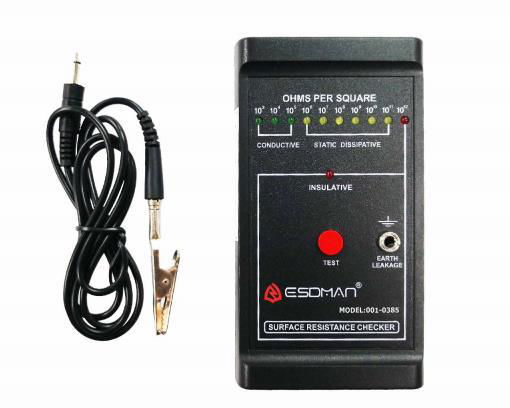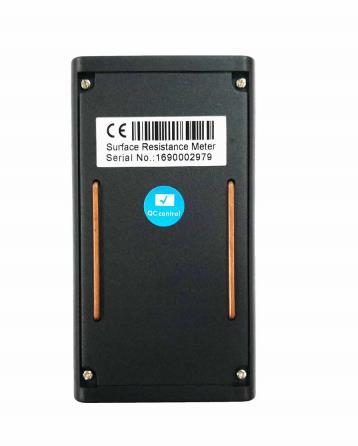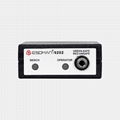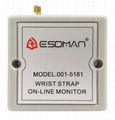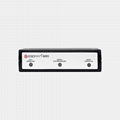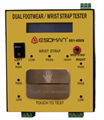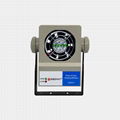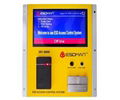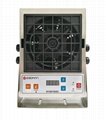Product Description:
001-0385 surface resistivity meter is designed according to ANSI/ESD S20.20, IEC61340-5-1, JESD 625-B, CECC, AST & UL test rules. It is used to measure all conductive, anti-static and dissipative material's resistivity and ground resistance. This meter uses ASTM D-257 parallel bar induction method, and automatically calibrates the range through high speed op-amp. It is easy to use and has high reliability. Applications include engineering, maintenance, quality control, incoming inspection, manufacturing and training.
Measurement Method:
A. Surface resistivity measurement-parallel electrode
It can be used to measure the resistance of surface uniform materials and multilayer materials quickly
1. Remove battery case and check if PP3the battery is installed well
2. Press test button to test air, insulative red light on
3. Make the meter to be placed on the object surface, 2 parallel bar need to touch object surface
4. Press test button to keep the LED on continuously. When the flashing is stable, the indicated value is the measured value
5. Surface resistivity is ohm/square
B. Grounding resistance measurement-grounding socket
1. Connect ground cord terminal into grounding socket and the other end aligator clip into grounding system circuit
2. Make the meter to be placed on the object surface, 2 parallel bar need to touch object surface
3. Press test button to keep the LED on continuously. When the flashing is stable, the indicated value is the measured value
4. Surface resistivity is ohm/square
Notice
1. When testing, especially for high resistance materials, make sure that the test wires do not touch or overlap
2. For accurate testing, operator do not touch the testing conductive bar by hand during operation
3. The surface resistance of insulation board should be larger than 1.0x 10^12 ohm when insulation board is used during testing
4. Water should be avoided and keep the surface dry during testing, s ested environment is constant temperature and humidity
5. As the physical properties of the packaging materials just produced are not stable, there may be a high static voltage on the surface of the special body. We s est that the test should be done after placing it for four hours. If the test must be carried out, the surface of the tested object can be rubbed by hand to let the static electricity on the surface of the object be released through the human body, and then do test to protect the instrument
6. Customer can verify the meter limits regularly. When the lower limit value is verified, the tester is placed on the surface of the metal plate. When the test result shows 10^3, the tester is qualified. For the verification of the upper limit value of the tester, the air test is generally used, that is, the test is conducted directly without contacting any object surface, and it should be in the insulation state. However, when the air humidity is more than 65%, the upper limit value of the tester may appear at 10^11, that say the air test value is greatly affected by humidity, so it is not used as the standard test method
7. It is recommended to calibrate electrode once a month, place the meter on a metal plate, and the measured resistance should be less than 10kΩ/㎡
